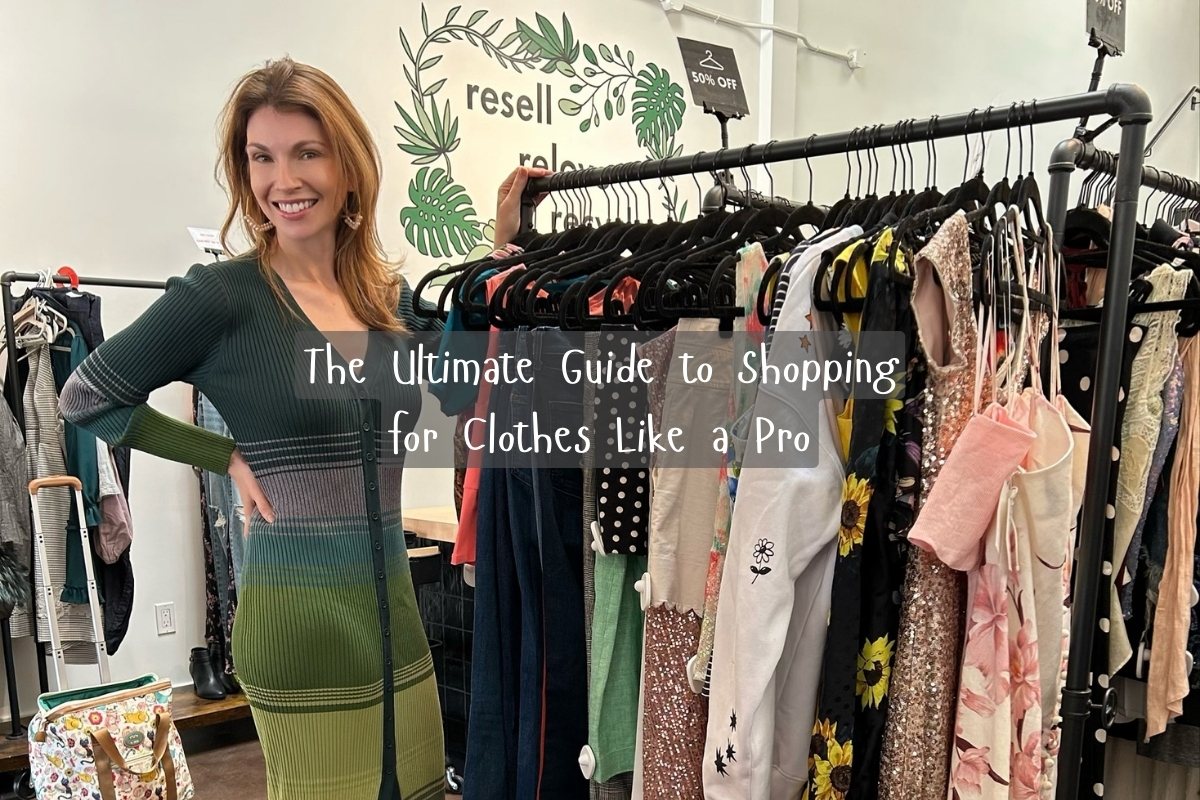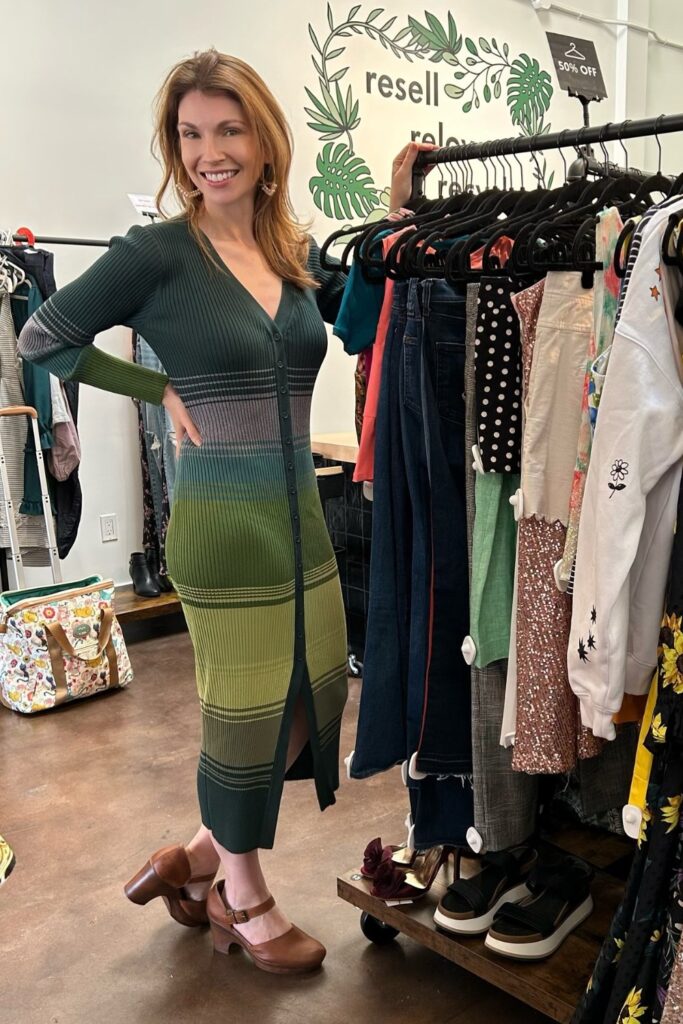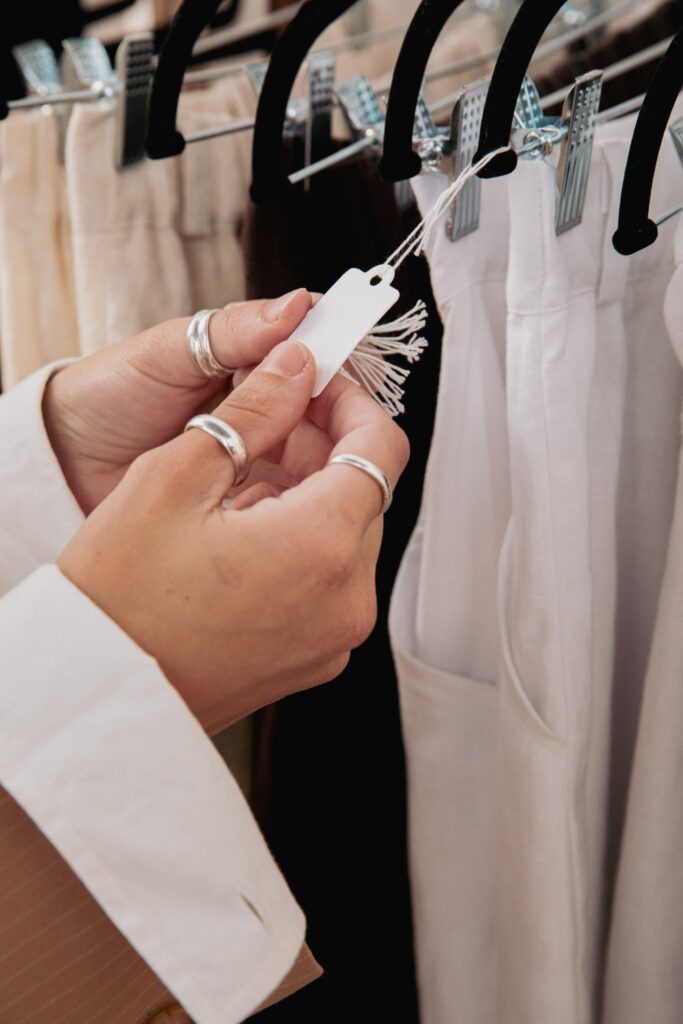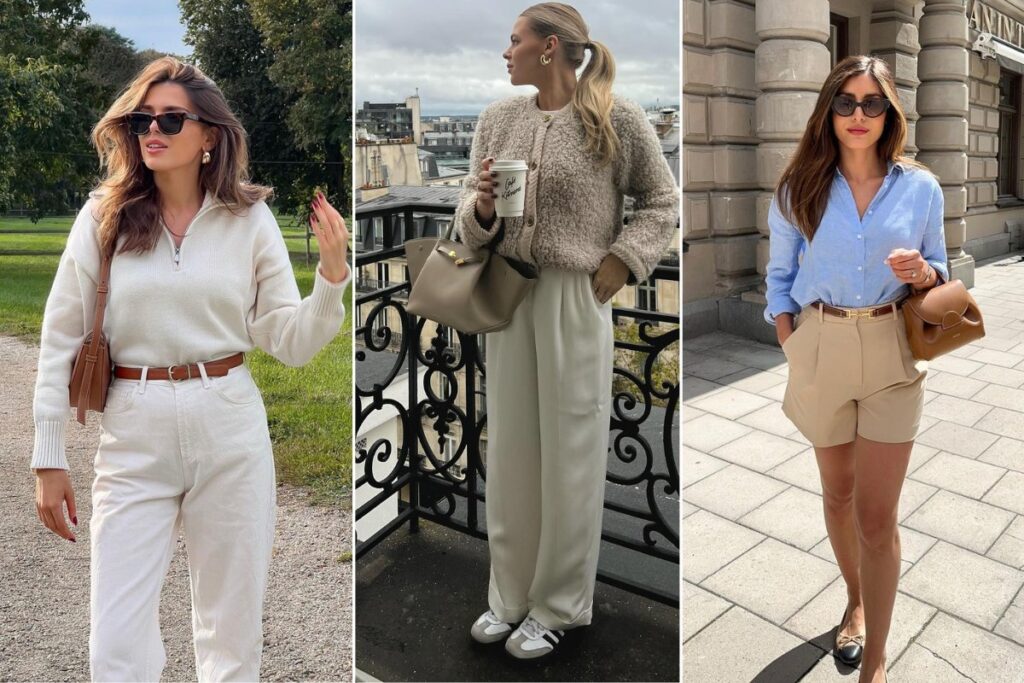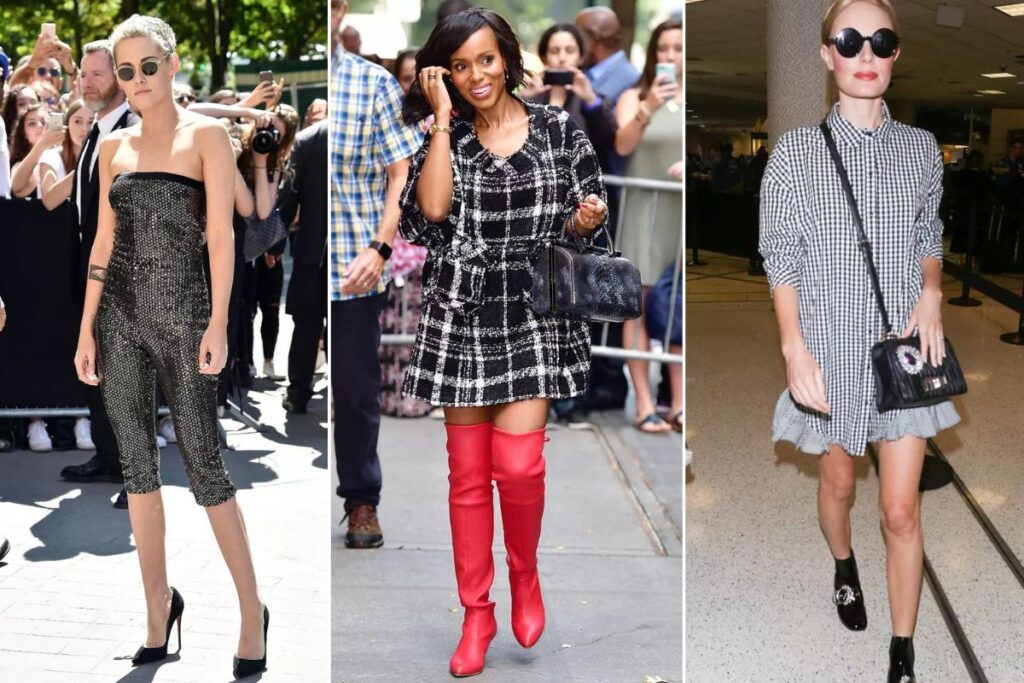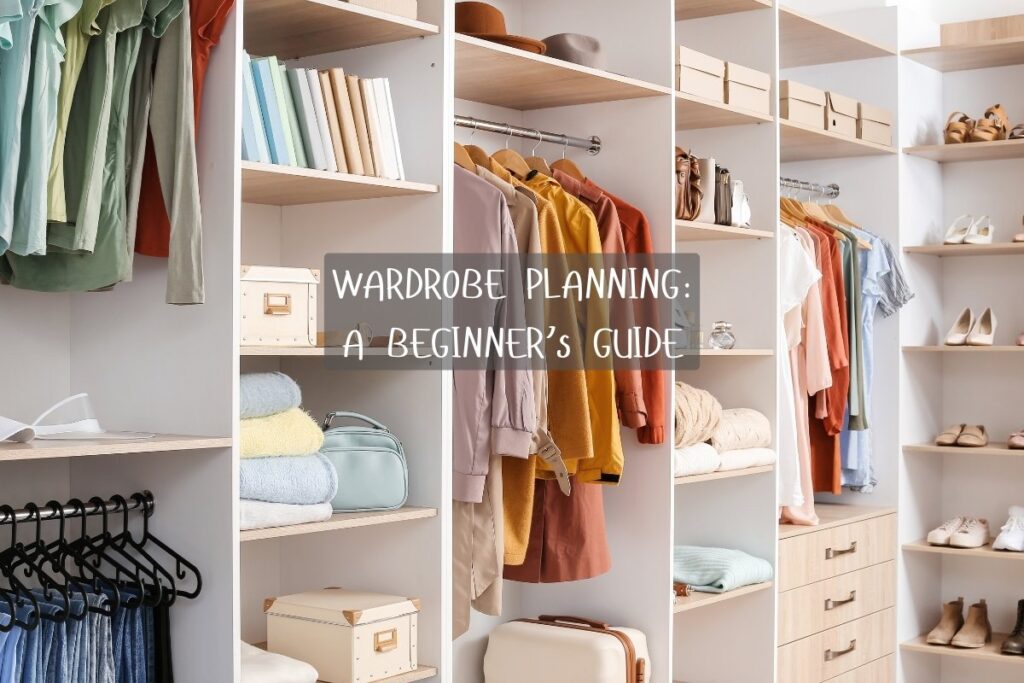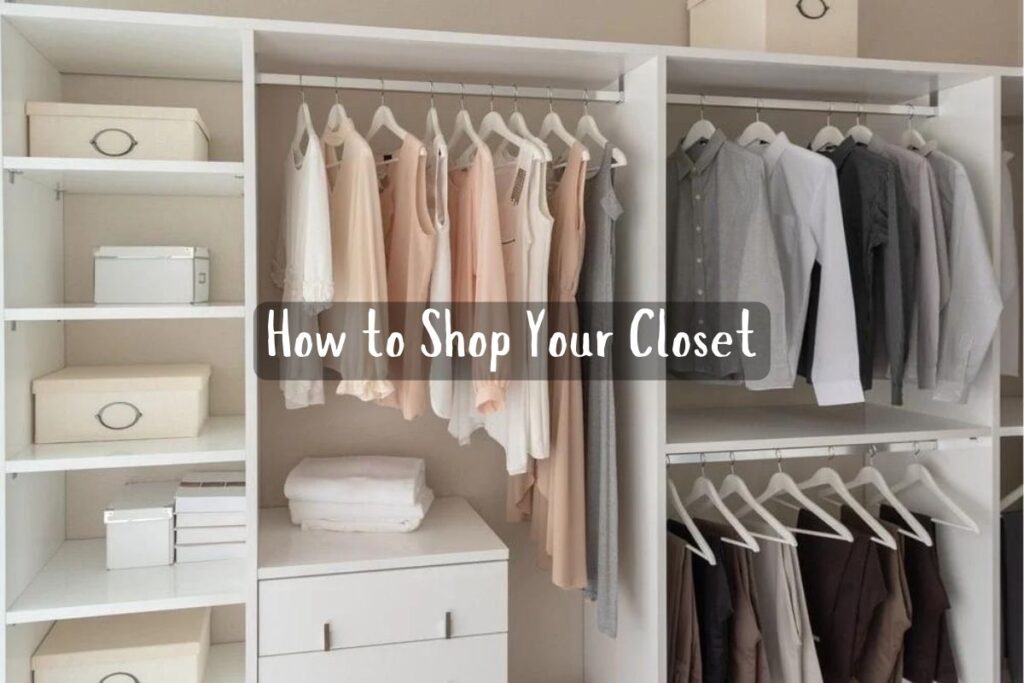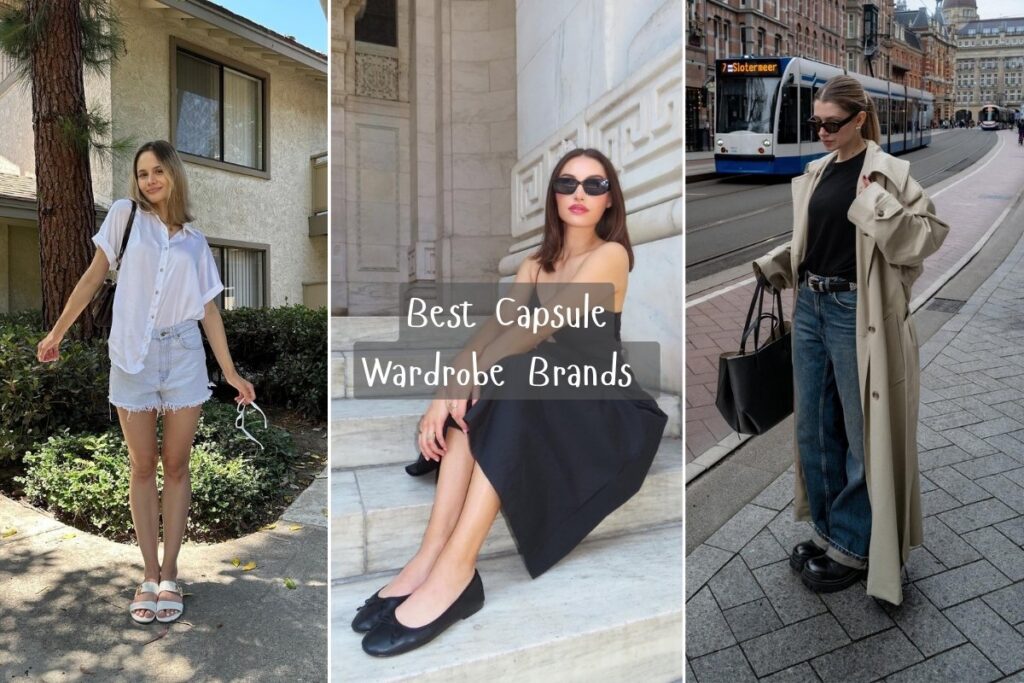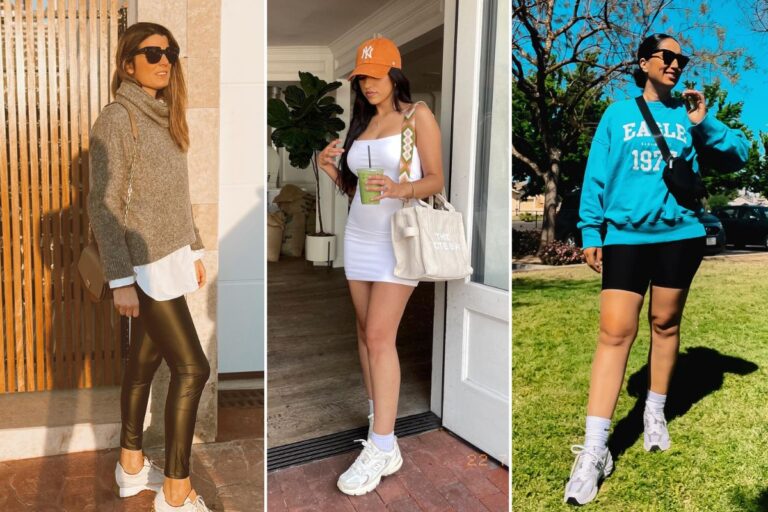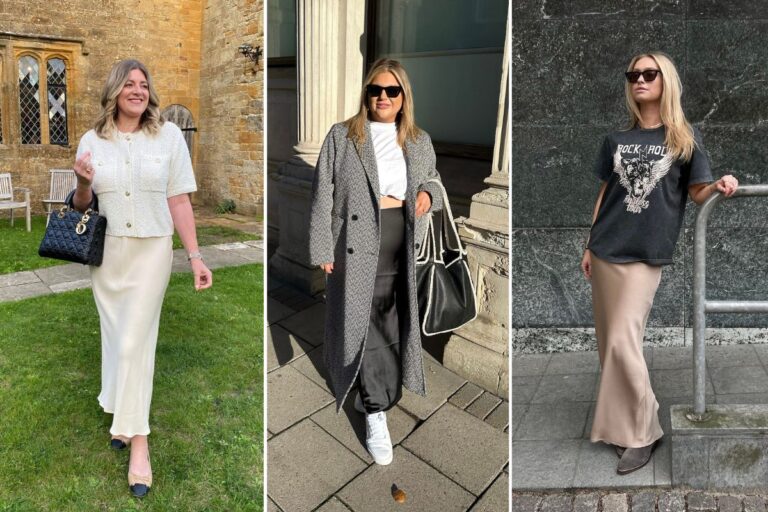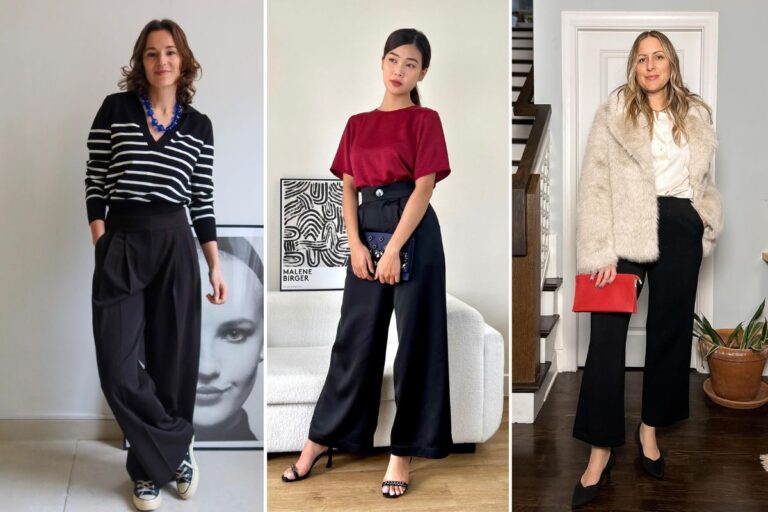I absolutely love shopping for clothes. As a fashion enthusiast, I get excited browsing stores and websites to discover the latest trends. However, I’ve learned some key strategies over the years that help ensure I shop smart. I avoid wasting money on poor quality items or things that just hang in my closet.
In this comprehensive guide, I’m sharing all my tips for how to shop for clothes effectively. Whether your goal is to build a versatile wardrobe, score designer brands on sale, or simply refresh your style on a budget, this post has you covered. Read on to become a pro clothing shopper!
Craft a Strategic Shopping Plan
I’ve found the key to successful shopping trips is going in with a plan. This prevents me from making impulse buys or blowing my budget.
Set a Realistic Clothing Budget
I start by deciding how much I can reasonably spend on clothes for the upcoming season. I calculate cost per wear – if I’ll wear a $100 dress 20 times over the next 6 months, it’s only $5 per use.
As someone who wears business casual to work, jeans on weekends, and needs performance activewear for running and yoga, I budget higher amounts for classic pieces in those categories.
I may allot less for trendy items that I’ll tire of quickly.
Identify Needs vs. Wants
Next, I make a list of what I actually need – specific gaps in my wardrobe. Things like a warm winter coat, professional dresses, jeans to replace old pairs with holes, sneakers for high intensity workouts, etc.
I also browse Pinterest boards and Instagram outfits to note current styles I’m drawn to. This helps me identify wants – those fun statement pieces I’ll lust after.
Remain Selective
With a budget in place and my needs and wants listed, I’m extremely choosey when shopping. I only purchase items I truly love that fit my style and body exceptionally.
I inspect fabric content and care labels, ensuring I’m willing to hand wash delicates or dry clean pieces that require it. I pass on items that seem too high maintenance for my lifestyle.
And I avoid buying duplicates of things I already own just because they’re cute.
Conquer Shopping IRL
In-person shopping can be daunting. Follow these tips to stay focused and find hidden gems.
Wear Easy Outfits
I always wear leggings or stretchy jeans with a simple top and shoes I can slip on and off. This makes trying things on much less of a hassle.
Fuel Up in Advance
If I’m planning an extended shopping excursion, I make sure to eat a healthy meal ahead of time. Bringing snacks and water helps prevent hanger and the poor decisions that come with it!
Scan Every Section and Rack
I start my in-store shopping by walking every aisle and scanning the entire sales floor. This allows me to get the lay of the land regarding what’s available and spot items I might otherwise overlook.
Use Salespeople Wisely
Some sales associates can be extremely helpful – they know the inventory inside and out. If I’m struggling to find a particular style or size, I politely ask if they have suggestions or can check the stock room.
Other times, overly pushy associates just distract me. I learn to tune them out and avoid eye contact if I prefer to browse solo.
Inspect Items Closely
This is a huge one – I thoroughly examine every garment before purchasing. I check for flaws like stains, snags, missing buttons or loose threads. I look at seams and finishes to assess construction quality.
I examine stitching on labels and trim details to ensure it’s neat and consistent without loose ends.
For shoes, I inspect gluing and stitching on soles. Taking a few extra minutes protects me from getting stuck with a defective item.
Seek Proper Fit
When trying something on, I always look for proper fit. Baggy areas with puckering fabric, uneven hemlines, and gaps at closure points are red flags.
Well-fitting clothes skim your body smoothly without pulling or sagging. I also avoid purchasing anything too small with the intent to lose weight. I only buy pieces that fit me comfortably right now. Anything else is wishful thinking.
Conquer Online Clothing Shopping
While I love wandering actual stores, online shopping allows access to more options. But the lack of trying things on can present challenges.
Know Your Measurements
I keep a running document of all my updated measurements – bust, waist, hips, inseam length, etc. This allows me to reference size charts to pick my best fit for any brand.
Price Shop Between Retailers
If I have my eye on a particular style, I google search to find that item across various ecommerce sites. Comparing prices allows me to score the best deal.
Read Reviews Before Buying
I also scour past customer reviews on products before purchasing. This provides insight on sizing, fit issues, fabric feel and quality that product images alone can’t demonstrate. Reviews have saved me from bad buys countless times.
Understand Return Policies
I avoid retailers with restrictive return policies when shopping online. I prefer sites that offer free shipping both ways as well as 30 days or more for returns. This gives me flexibility if something doesn’t work out.
Account for Shipping Fees
I calculate full costs – item price plus taxes and shipping – rather than focus only on the product price advertised. Two items with $5 shipping each can add up faster than a more expensive item with free shipping. I make sure I’m still getting a good value with delivery costs factored in.
Hunt Down Promo Codes
Using Google, I often search for “[retailer] coupon codes” or “[retailer] promo codes”. RetailMeNot and Honey browser add-ons also automatically apply available discount codes at checkout. I manage to score 10-20% off items regularly using this tactic.
Try Things On ASAP
When my online order arrives, I immediately try everything on. I inspect for fit and quality right away while the return window is still open. This prevents getting stuck with unwanted pieces long term.
Keep All Receipts
I hold onto receipts, tags, and return shipping labels for every online purchase until I’m positive I’m keeping the item. This guarantees I can send unsatisfactory pieces back if issues arise.
Learn to Identify Quality Materials
Understanding fabric properties helps immensely when assessing clothing quality.
Natural vs Synthetic Fabrics
I adore natural fabrics like cotton, silk, cashmere wool, and leather for their breathability and comfort on skin. I also think they emit luxury. However, not every natural fabric is created equal.
High quality cotton feels thick and substantial – it shouldn’t be sheer or tissue paper thin. Pima, Egyptian, and Sea Island cotton offer superior softness and durability.
With cashmere wool, I look for tight, dense knitting without loose, poking fibers. I also prefer 2-ply over 1-ply cashmere as it resists pilling and holds up better over time.
Quality leather should feel smooth and supple yet sturdy. It shouldn’t feel too thin, stiff or crack easily. I always check tannery sources as European leather is superior.
When it comes to silks, delicate charmeuse has its place. But subtly textured dupioni, shantung, and raw silks signal elevated quality to me. I admire sheen and luster paired with substantial handfeel. And I love statement coats in Italian wool blends that provide warmth minus bulk.
Synthetics have come a long way in mimicking natural fabrics while offering increased durability. Spandex blends create stretch in jeans without sagging. Technical performance fabrics repel moisture during workouts while breathing well.
Faux leather looks convince from a distance. Just check fabric content before buying – polyester won’t mimic the luxury feeling of genuine leather over time.
For business wear, I splurge on high end natural fibers. But for travel pieces that endure heavy wear, I often opt for quality synthetics over poor natural fibers prone to pilling.
Assess Construction Quality
When evaluating clothing construction, I check finishes like enclosed seams (serged inside rather than exposed raw edges). I search for smoothly finished necklines and armholes without rippling. Sturdy reinforced buttons sewn securely in place signal attention to detail.
With knit tops, I stretch fabric in various directions checking for holes, misshapen recovery, or distortion. Quality knits shouldn’t curl or lose shape.
For t-shirts and blouses, I prefer flat fell seams with tidy parallel stitching rather than sloppy overlocked seams that irritate skin. And I admire perfectly smooth, flat topstitching done in dense, quality thread rather than loose loopy stitching prone to breaking.
With shoes, I check that leather soles are stitched rather than just glued in place for durability. I want to see neatly finished interior linings without loose threads or messy glue residue.
Basically I scrutinize clothes for evidence of meticulous construction and neatly finished seams and edges. Higher attention paid to small details typically indicates an overall superior garment.
Consider Manufacturing Origins
While quality apparel does get produced in a wide range of countries these days, certain regions have reputations for excellence in particular categories.
Italian leather goods, French designer fashion, Swiss timepieces, British tailoring, and German engineering maintain storied reputations for a reason.
I tend to assume better construction and materials from heritage brands closely tied to textile manufacturing traditions.
Smart Shopping Strategies
Beyond hunting for quality, employing some tactical moves can yield great finds.
Buy Gently Used and Vintage
I’m a huge thrifter at heart. Secondhand stores like Crossroads Trading, online consigners like TheRealReal, or even eBay provide opportunities to score luxury brands at steep discounts.
Since higher end designers prioritize quality construction and fabrics, their pieces often hold up wonderfully even pre-owned.
I’ve found gorgeous 10 year old designer jeans and cashmere sweaters in like-new condition for less than 10% of original retail prices.
Identify Favorite Brands by Item Type
Over the years and through trial and error, I’ve identified brands that excel at particular items.
Richer Poorer makes the softest t-shirts that hold their shape. My AGolde jeans mold perfectly to my body. Lululemon’s Fast and Free leggings withstand hardcore sweat sessions. Wolford’s cashmere blend tights feel luxurious and never pill between my thighs.
Identifying my personal gold standard brands for each category helps streamline future purchases.
Determine When to Splurge vs Save
While I believe quality is worth investing in, not every item warrants designer price tags. Items worn infrequently may survive just fine from fast fashion retailers.
Or emotionally-driven purchases rarely deliver enough cost per wear value to rationalize exorbitant spending. My wedding dress was worth every penny for the memories it represents.
But the $300 sequined skirt I wore once to a holiday party before it started shedding? Not so much.
Consider lifestyle factors and emotional attachment along with quality when deciding which pieces deserve higher spending.
Additional Tips for Shopping Success
A few final pointers can further improve shopping experiences.
Watch Out for Tricky Labeling
Some brands engage in sneaky labeling techniques that can mislead. “Genuine leather” just means real animal hide – not high quality leather. “Italian leather” may just reference tannery origins rather than actual manufacturing location.
And vague fabric blends like “70% cotton, 30% other fibers” make assessing true composition impossible. I always want to see specifics like “70% pima cotton, 30% modal”.
Place Big Ticket Items on Hold
If eyeing an expensive splurge piece, I ask sales associates if they can hold the item for 24 hours. This gives me time to sleep on the decision rather than make an impulse buy I’ll later regret.
More often than not, I decide the coveted item isn’t worth it. On the rare occasion I’m still thinking about the piece the next day, I return to confidently purchase knowing it’s a sound choice.
Go Window Shopping for Inspiration
Even if I’m not planning to buy anything, I enjoy browsing stores and designer boutiques to admire quality construction details and view fabrics and hardware finishes in person.
This exposure trains my eye over time to recognize subtle indicators of luxury quality. It also keeps me in tune with the latest fashion trends.
I hope these tips empower you to shop for clothes effectively moving forward! Let me know in the comments if you have any other questions. Happy shopping!
